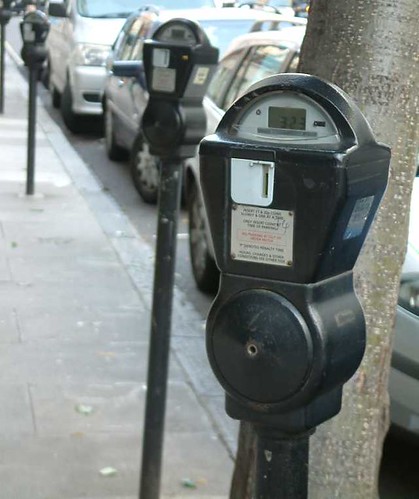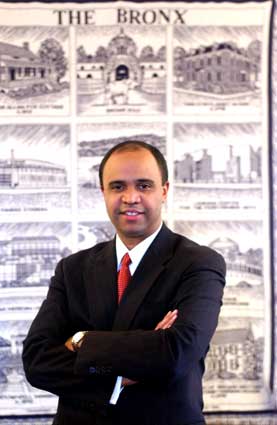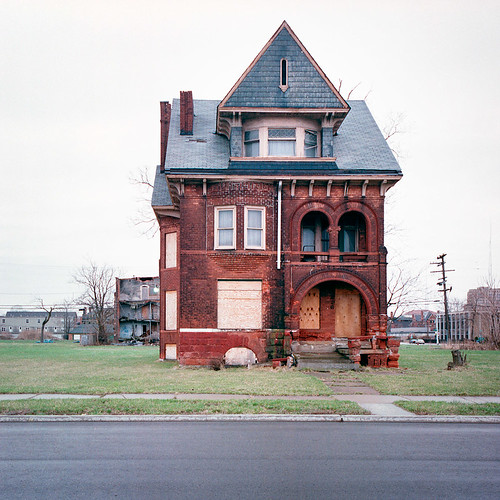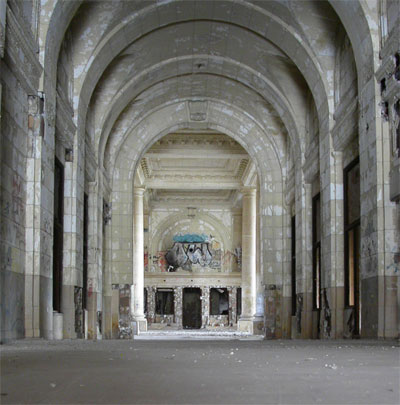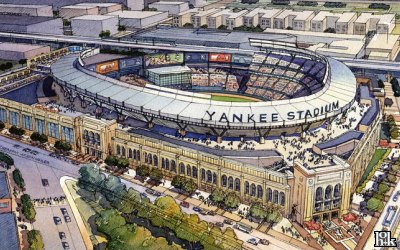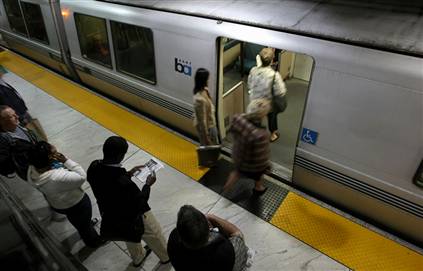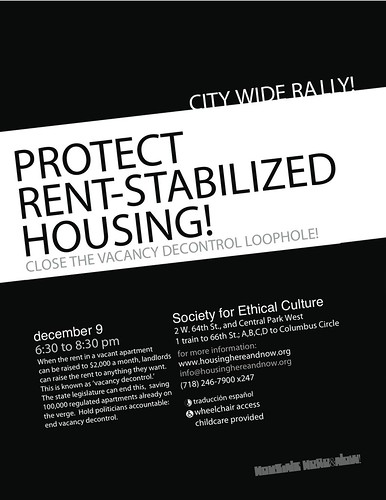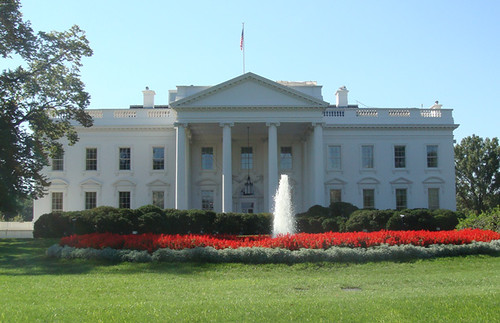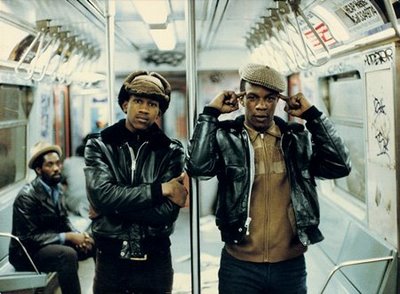
There's a really interesting article in Saturday's New York Times, chronicling the freeze on building development in NYC. It mirrors the earlier post I did about hard times coming to New York town in the next few years. The numbers are pretty staggering:
Nearly $5 billion in development projects in New York City have been delayed or canceled because of the economic crisis, an extraordinary body blow to an industry that last year provided 130,000 unionized jobs, according to numbers tracked by a local trade group.
I'm not sure which number is more depressing. That's an enormous amount of well-paying jobs that will be lost in the city, ones that may not be as glamorous or as high-spending as the investment bankers, but just as horrible for the local economy. Like I've been saying for more than a year and a half, this city is in for some tough times, still not sure people have come to accept how bleak the next few years could be and how fundamentally different NYC is going to be.
I am the furthest thing from an optimist, but I do see a real silver lining to this halt. There has been so much shitty development in this city over the past decade, so many pre-fab debacles that were built to capitalize on the market, such a feel of an unstoppable momentum with it all, this marks a moment when the pendulum has to swing back. The insane amounts of capital available are not anymore, which should limit the scope of projects, putting big ones like the Atlantic Yards one on the rocks. This break provides an opportunity for citizen and neighborhood groups to mobilize without that feeling of hopelessness. If I were an optimist, I would hope that local leaders would stand up and take this opportunity to challenge the last three decades of neo-capitalist development and question what it has done for New York City and its residents.
Perhaps more importantly, the real estate bubble bursting and the economy tanking means you will have a lot less speculation and people buying properties purely to flip. Does this mean that the city can once again be a place where you don't have to be super-rich to live here? Will buying prices return to Earth? I can't say that for sure, but it's hard for me to believe that huge hits that the banking and legal industries are taking, along with European and Asian economies, that the money will be thrown around in the same sky's the limit manner.
![[tsign.jpg]](https://blogger.googleusercontent.com/img/b/R29vZ2xl/AVvXsEjOwyjCNTtwgw4sxUpH7OY90GOMmQ1WD90_p8sNtKoV7ULNGrfkdzsy7N4J8i6Vqlw0YCeWXA9nF-e1ryFBulDyIVaRsTQZxdQC1-1bpZsRXUoeWm8UQ2HqZgiivTkIfopCI6dm-WOtOqg/s1600/tsign.jpg)

